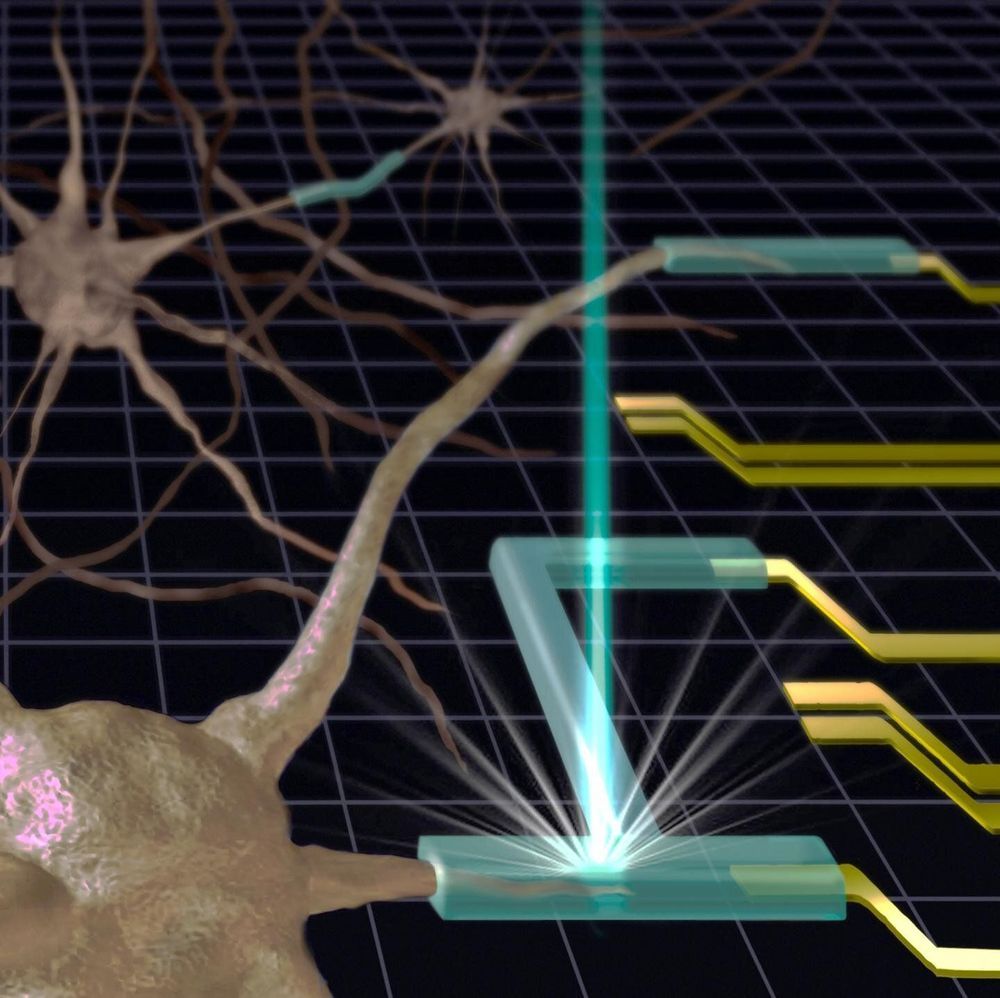The first 200 people to sign up with Brilliant using my link will get 20% off the annual subscription!
http://brilliant.org/thethoughtemporium
_________________________________________________________________________
What started as a dream more than 10 years ago, has finally become reality. After more than 2 years of work, dozen of failures, hundreds of hours of lab work and design time, we’ve finally done it. We’ve engineered a strain of yeast that produce real spider silk! This video explains how.
Check out our new merch: https://teespring.com/stores/the-thought-emporium
Previous videos:
Project overview — https://www.youtube.com/watch?v=Fx8TcGrCOSI
DNA extraction — https://www.youtube.com/watch?v=knosqmvLWSc
PCR — https://www.youtube.com/watch?v=7kJ2o7P8D00
Journey to the Microcosmos — https://www.youtube.com/channel/UCBbnbBWJtwsf0jLGUwX5Q3g
_________________________________________________________________________
Support the show and future projects:





